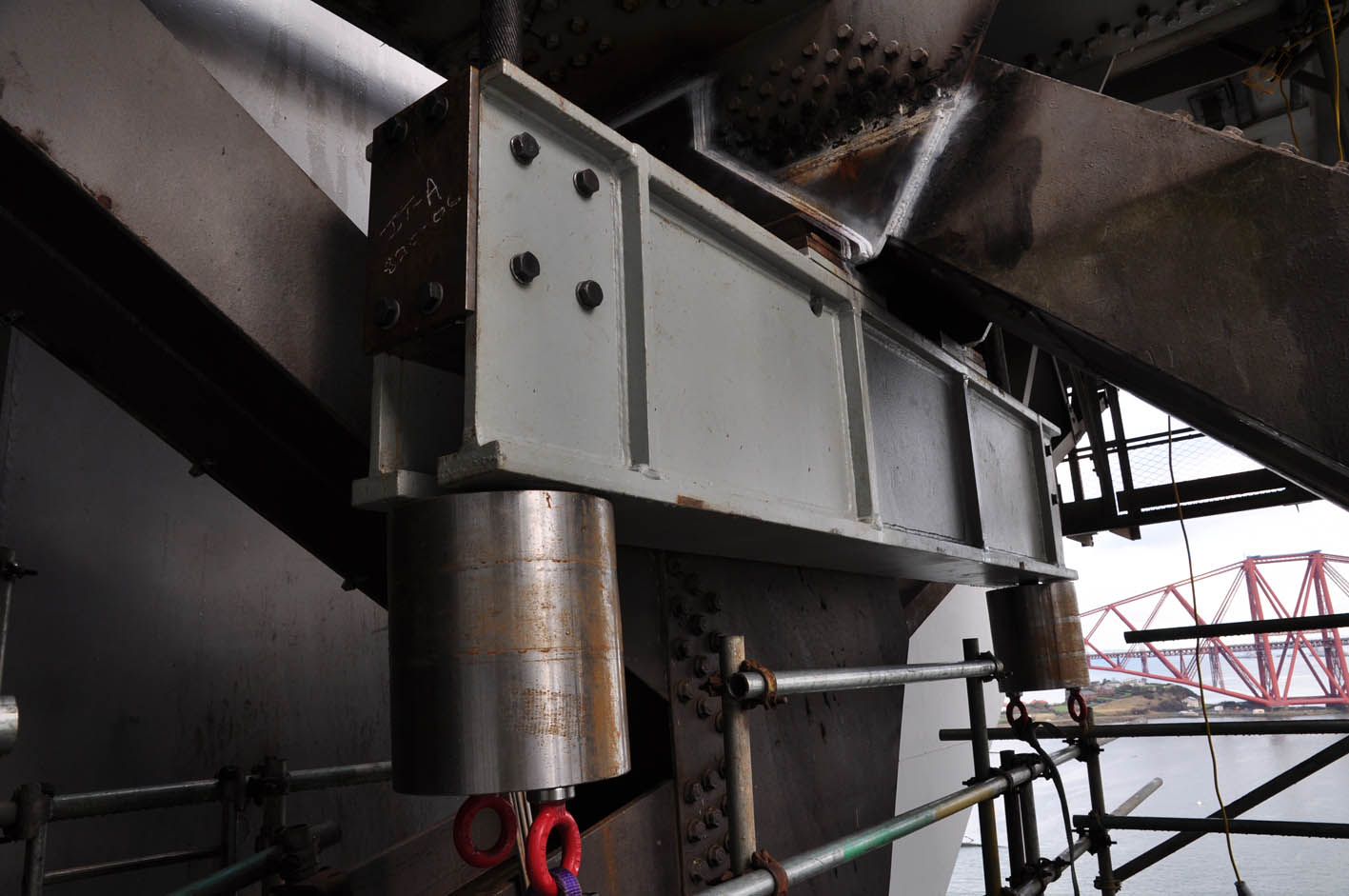The National Highways research project, Structures Moonshot, is focusing on two specific features in particular: the steel tendons in post-tensioned structures and reinforcement within concrete half-joints – a ‘shelf’ constructed at the end of one span to support the adjacent span.
It said that these features can be vulnerable to deterioration but are difficult to access and often require intrusive investigations to assess the condition. This can require lane or road closures causing disruption for motorists.
“We want to find solutions that can detect defects sooner and resolve the issues in a less disruptive and a non-destructive way and so we have launched a competition as part of the project to find new innovations and technology,” said National Highways.
The project is being taken forward by Atkins-Jacobs Joint Venture (AJJV) which will carry out extensive testing and research to identify the most suitable technologies for conducting advanced forms of non-destructive testing (NDT) on structures. AJJV is providing specialist technical consulting support through a framework, building on an initial phase of research and analysis led by Atkins in 2001.
National Highways said that successful entrants will be given the opportunity to carry out some real-world testing of their products on sample bridge sections taken from the decommissioned A14 Huntingdon Railway Viaduct. This will provide a platform to showcase the products to National Highways and the wider industry before the sample is demolished, which will allow participants to validate their results.
Colin George, National Highways’ deputy head of structures and project sponsor for Moonshot, said: “Robust maintenance and inspection regimes are in place for all of our structures but if we could find new ways of detecting defects sooner it will revolutionise our bridge maintenance, safety and efficiency.
“The underlying ambition of ‘Moonshot’ is to maximise the benefits of recent and rapid advances in technology, tackling the increasing challenge of managing and maintaining the safety and use of our aging bridge stock. The aim is to reduce the number of unplanned interventions on our roads network - which will mean a better experience for road users – and ultimately to see the automation of activities traditionally undertaken by personnel on site such as inspections and monitoring.
“We want to identify the best technology that is already available on the market and try out pioneering new ideas – things we might not have even thought of yet.”
Testing will focus on two areas. The first is a number of established NDT technologies that were previously identified by the project team for further investigation and are not currently used on National Highways’ structures.
The second focus will be on any new and emerging technologies previously identified in the feasibility stage and those discovered through the new competition. This could include the use of AI and machine learning to minimise human intervention and facilitate automated inspections and remote monitoring.
Chris Mundell, technical director within transportation at Atkins, said: “This unique project will enable a far greater understanding of the condition of some of the most complex and difficult structures in our transportation infrastructure and could revolutionise how National Highways monitor and manage their condition. The project marks a significant enhancement in the sector’s approach to asset management and has the potential to reduce costs, improve safety and sustainability and avoid unplanned road and bridge closures.”
James Watson, Jacobs non-destructive testing consultant, added: “Ageing bridge structures create a significant maintenance burden for critical infrastructure owners and the communities they serve across the globe.
“This research project is a rare opportunity to test the potential of emerging inspection technologies. By technically comparing different techniques and exploring new and upcoming approaches, the findings can transform the way National Highways manages the UK transport network’s infrastructure to advance safety, resiliency and reliability in the future.”
Organisations interested in trialling emerging technology and innovations should submit their entries via an online form by 31 July 2023 (link opens in new tab). Testing will take place in August and the results will be published to enable collaboration and shared learning across the construction industry.





